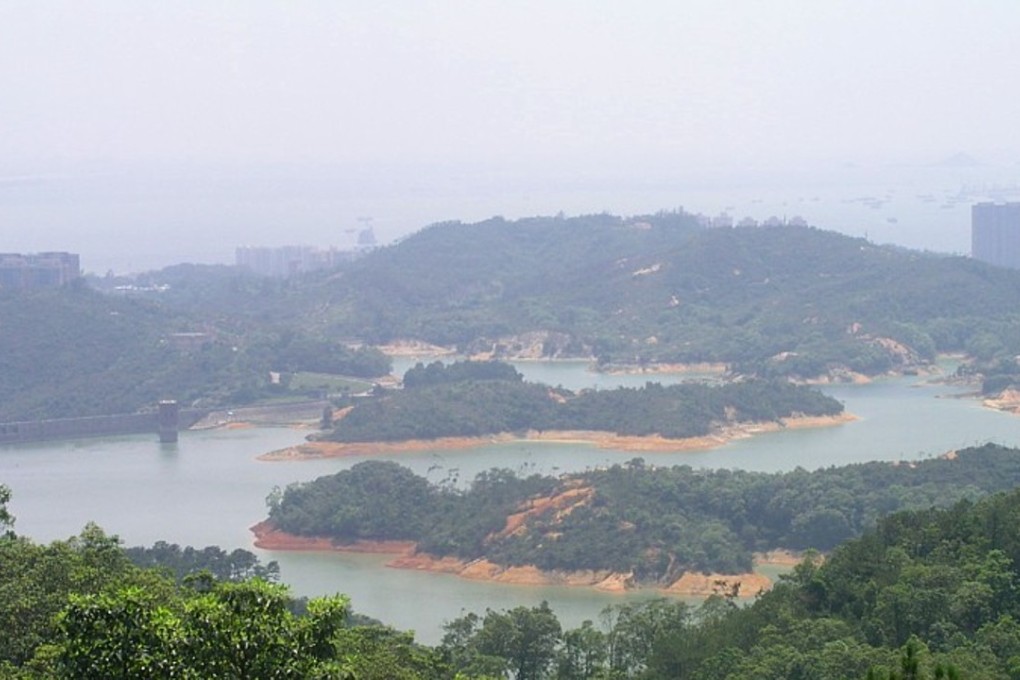Hong Kong’s High Court rejects three development plans in country park enclaves
Judge says planning board used incorrect map when reaching its 2014 decision on enclaves in Hoi Ha and Pak Lap in Sai Kung and So Lo Pun in Plover Cove Country Park in the northeastern New Territories

A rezoning plan to allow more indigenous village houses to be built in three Hong Kong country park enclaves hit a legal wall on Friday, after a court ruled in favour of an environmentalist’s complaints.
Handing down his 74-page judgment, High Court judge Mr Justice Thomas Au Hing-cheung noted that the Town Planning Board used a wrong map in reaching its decision in 2014.
He also said the board decided to reserve space for indigenous villagers to build houses without properly asking about their real needs.
The enclaves are in Hoi Ha and Pak Lap in Sai Kung and So Lo Pun in Plover Cove Country Park in the northeastern New Territories.
The decision was also presented to the city’s top advisory body, the Executive Council. Au wrote: “I am satisfied [that] the Chief Executive in Council decision is either tainted with the same errors [as] the Town Planning Board’s decision, or alternatively is unlawful … in the particular circumstances of the present case.”
Au ordered that the decisions made by the two bodies be quashed and sent back to the Town Planning Board for reconsideration.